When you want to direct users to a specific page on your website or blog, you may wonder whether to post a text
link
or a banner.
In particular, banners have a greater visual impact than text, so they are often used to guide users to the page they want to see.
However, when posting banners, you may not get the desired effect unless you create them with the appropriate design and size to suit your target and purpose. In this article, we will explain the meaning and types of banners, their advantages and disadvantages, and points to consider when making banners.
If you are thinking of posting a banner on your website, please refer to this article and create a banner that will give you the desired effect.
What is a banner?
A banner is an image material with a link that is posted on a website or blog.
Banner is derived from the English word banner (flag, streamer), and has a similar role to a banner hung on a website.
The banners hung around the city are designed to stand out so that they are easily seen by passersby.
Similarly, banners on websites are designed to be easily noticed by users viewing the web page, and are created and posted with the aim of getting users to click on the banner and proceed to the destination page.

Banner type
There are the following types of banners, and they are used depending on the purpose of the website.
We will explain the characteristics of each banner.

site banner
A side banner is a banner that is displayed on the side (horizontal) part of a website. The feature is that it is often displayed in the same position on all pages.
Therefore, the side banner is set to link to the page or site you most want to lead to. It is placed where users who visit your website will definitely see it.
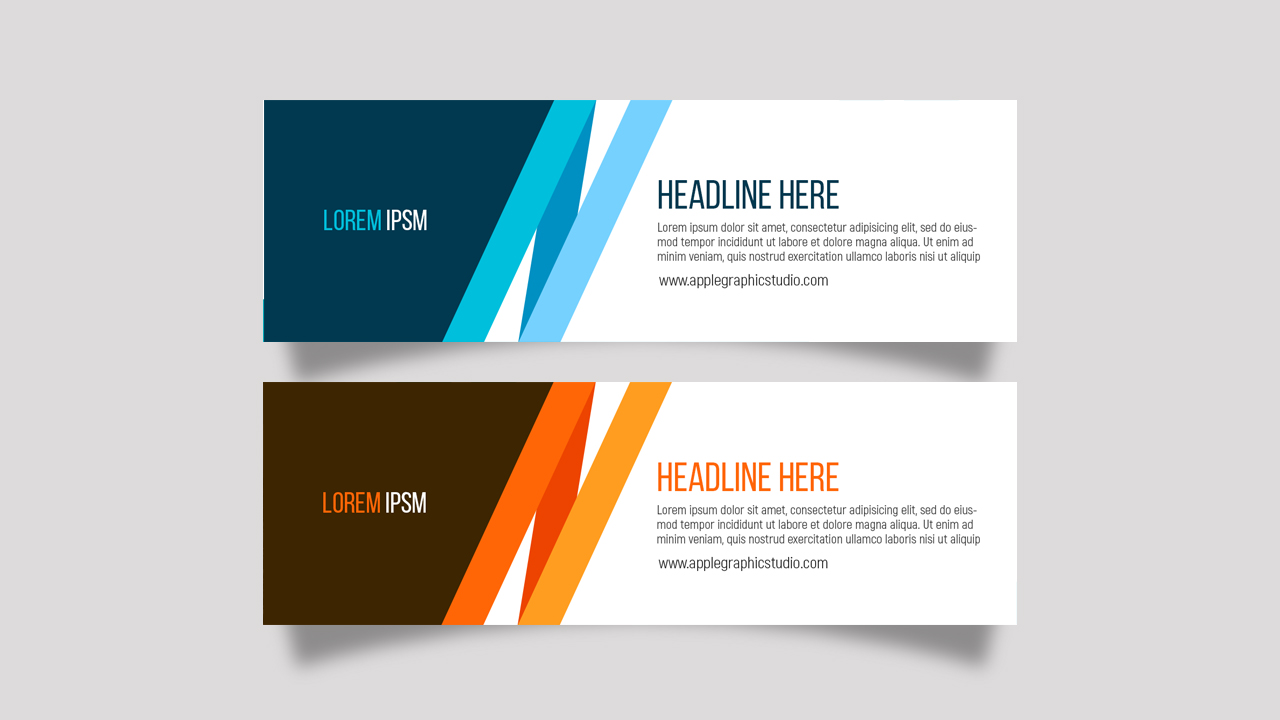
banner ads
A banner ad is a banner designed with an image or GIF animation that introduces a product or service.
When you click on it, you are often directed to an individual page for that product or service. Like the side banner mentioned above, it may not be posted on all pages, but may only be posted on related pages.
If you can set it up so that users who visit your website will click on it in a natural way as they browse through the site’s content, you can effectively guide users to the site you want to attract.
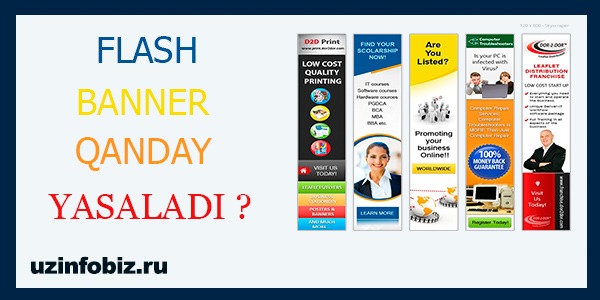
Difference between banner ads and text ads
Text ads are placed with the same effect as banner ads. What is text advertising?
An advertisement consisting only of text that is displayed on a website or blog. Text ads typically include the following elements:
Text ads can be generated using ad distribution systems such as “Google Display Network (GDN)” and “Yahoo! Ad Display Network (YDN).”
Both banner ads and text ads are posted for the purpose of attracting users to the set link destination page. However, the difference is that while banner ads can be expressed using images and animations, text ads can only be expressed using text.
If you want to create a visual impression, banner ads are more effective than text ads. On the other hand, if you don’t want your ad to look too much like an advertisement or you want users to click in a natural way, text ads are more suitable.
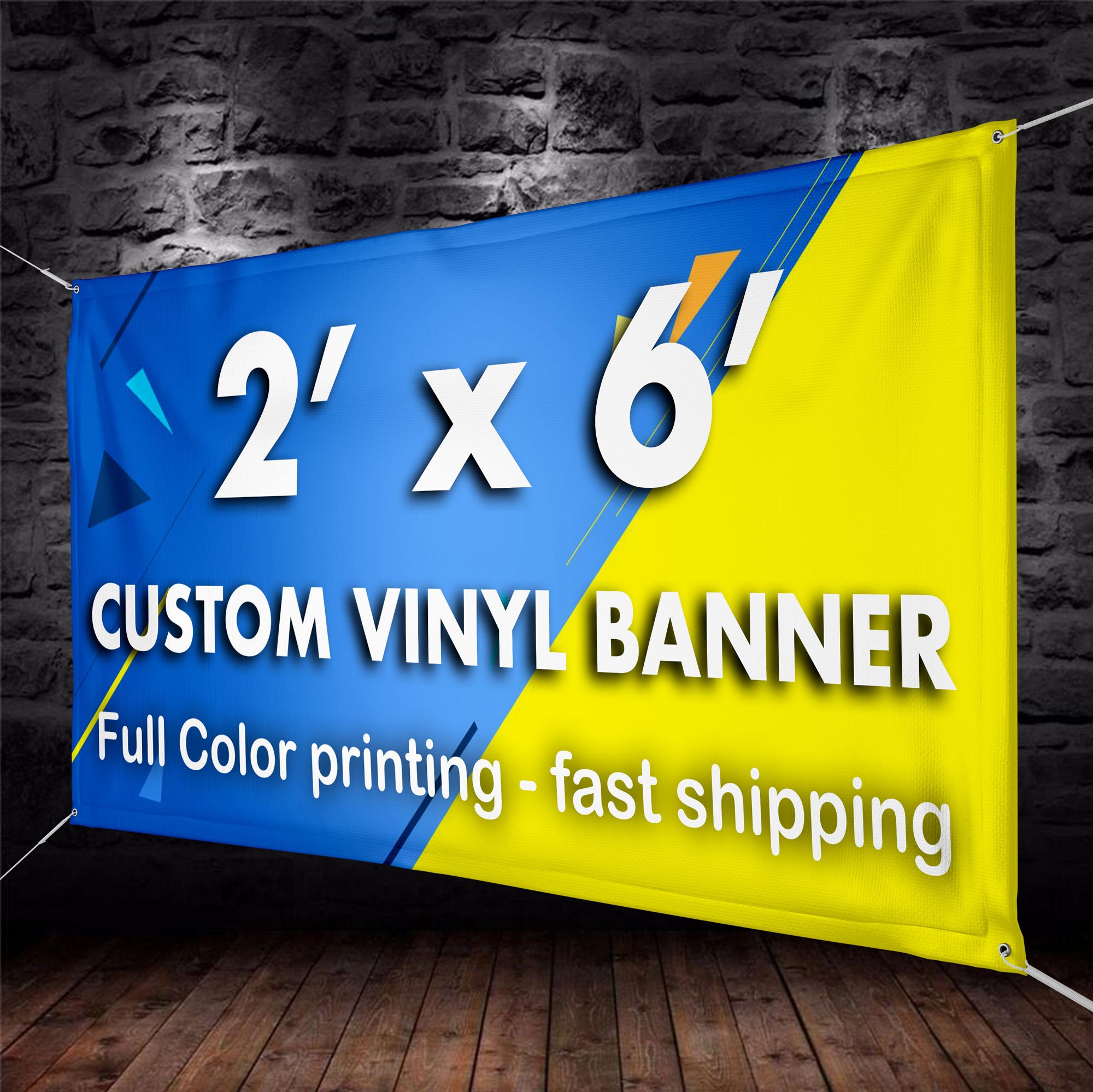
Common banner sizes and where to use them
Banners expressed with images or animations come in a variety of sizes, depending on where they are placed. Common banner sizes are shown below (in px (pixels)).
We will explain the characteristics of each banner size and its placement location in turn.

300×250
The 300 x 250 size banner is a type of banner called a “rectangle” and is the most commonly used banner.
It is often published in a column on the side of a website, or in the middle or end of an article.
Whether you view it on a PC screen or a smartphone screen, there is no difference in appearance depending on the screen size, so if you are unsure which size to create a banner in, we recommend choosing this size.
However, the impact is weak because the banner is a commonly used size.

336×280
A 336 x 280 banner is also a type of banner called a “rectangle”, but it is a slightly larger banner than the one above. Depending on the site layout, it may extend beyond the side column, so it is often placed within the text of the article.

728×90
A 728×90 banner is a type of banner called a “big banner.” A horizontal banner that is often placed at the top of a website page. This banner is large in size and easy to see as soon as you open the web page.
300×600
The 300×600 banner is a type of banner called a “skyscraper”. It is displayed on the side banner, and because it is vertical and takes up a large space, it has a high visual effect and is often used to improve brand recognition. Also called “half-page advertising.”
320×100
A 320×100 banner is a type of banner called a “mobile banner.” As the name suggests, it is often used in layouts for mobile devices such as smartphones.

Advantages and disadvantages of banner ads
Banner ads are effective in attracting website visitors and directing them to linked pages. However, there are some cases in which it is not suitable for publication. It is important to understand the advantages and disadvantages of banner ads before creating and posting them.
merit
Banner ads have the following benefits:
Banner ads can use materials such as images and videos, so they can have a more visually impactful appeal than ads that consist only of text. This makes it easier for people visiting your website to notice your ads and attract their attention.
You can also post company and product logos, so if you post them for a long time and spread awareness, it can become
a branding
for your company.
Disadvantages
On the other hand, banner ads also have the following disadvantages:
Banner ads use image and video elements, but it takes some effort to process and edit them.
In order to create a banner using image or video editing software, you need the skills and sense to use the software, but depending on the design and effect you want to express, you may need to make many adjustments to complete it. .
Also, even if you have taken the time to create a banner, you should be careful because if it does not have a good compatibility with the site and gives the impression that it is an “advertisement”, users will not click on it.
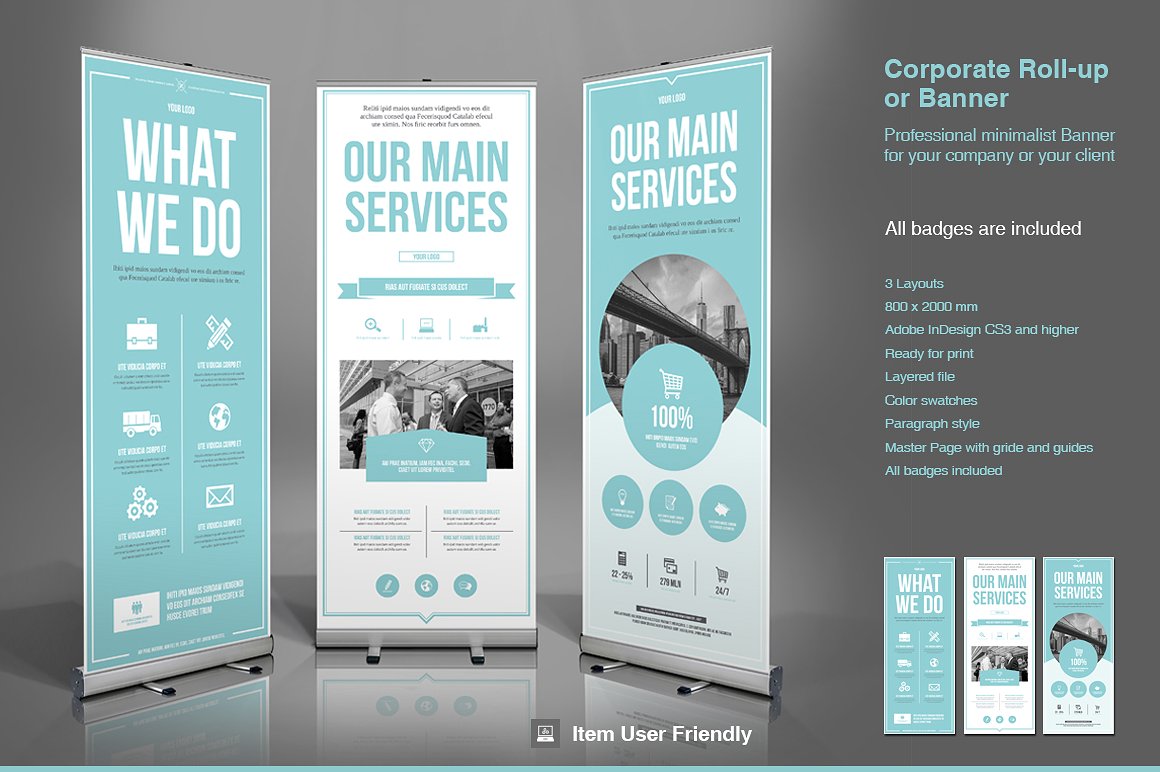
Points to remember when making a banner
In order to make your banner effective, we recommend that you keep the following points in mind when creating your banner.
I will explain each point in turn.
Organize your targets
Before you start making banners, it is important to first sort out your target audience: “Who do you want to click on your banner?”
This is because if the design and wording of the banner does not have the right design and atmosphere to attract the target audience, no matter how beautiful the design is, the target will not click on it.
For example, if you create a banner introducing a foundation for women in their 40s with a pop-like design aimed at children, your target audience will not click on it.
Therefore, it is important to decide on the design and atmosphere of the banner in advance to suit the target audience.
Create multiple pattern designs
We recommend that you create multiple banner designs. This is because the banners you create may not always be effective. For example, if you create only one pattern and it doesn’t work, you won’t be able to immediately replace it with a banner with a different pattern.
If you create a banner with multiple designs, you can quickly replace it with a different banner if the response from visitors is not good.
Therefore, rather than creating only one pattern from the beginning, it is a good idea to create multiple banner designs so that you can respond flexibly after posting.
organize your purpose
As a final point, it is important to organize and clarify your purpose: “How do you want users to react when a banner ad is displayed?” This is because if the purpose of posting a banner is vague, you won’t get the desired effect.
The design and composition of the banner will change depending on the purpose, such as “increasing the number of accesses to a specific page,” “wanting people to purchase or apply for a product or service,” or “wanting to post it for branding.”
In order to encourage the desired reactions and actions, it is necessary to devise content and design according to the purpose.
Therefore, in order to make banner ads effective, it is important to organize the purpose and create a banner that can accurately elicit the desired response.
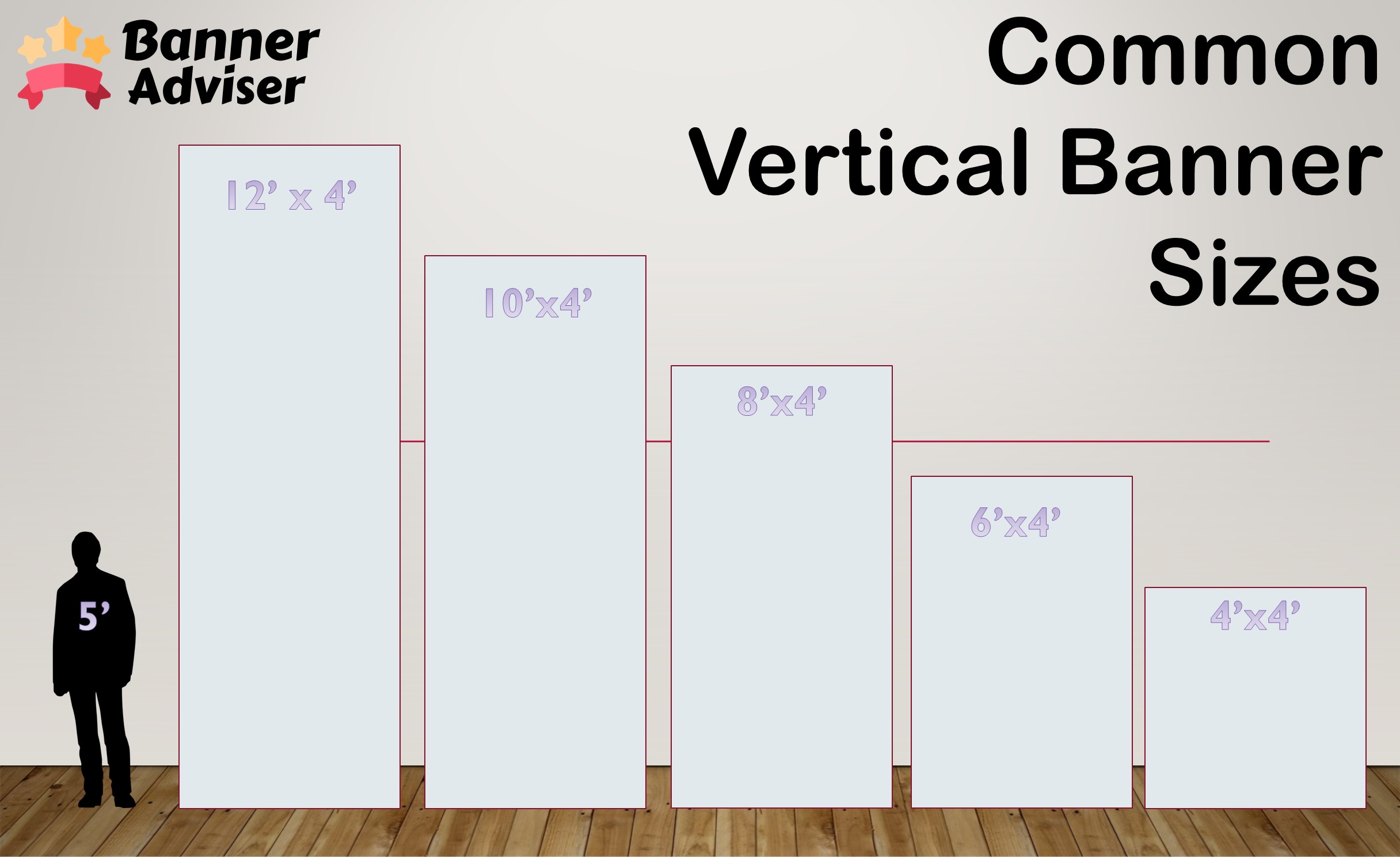
summary
Banners are materials that tend to have a visual impact on users, but the appropriate size and design will vary depending on the purpose and target.
Even if the design is beautiful or the banner catches the user’s attention, if the banner is not attractive and easy to understand, it will not be able to encourage the desired reaction or action.
If you are thinking of posting a banner on your website, as mentioned in this article, we recommend that you organize your target and purpose before creating and posting a banner.

